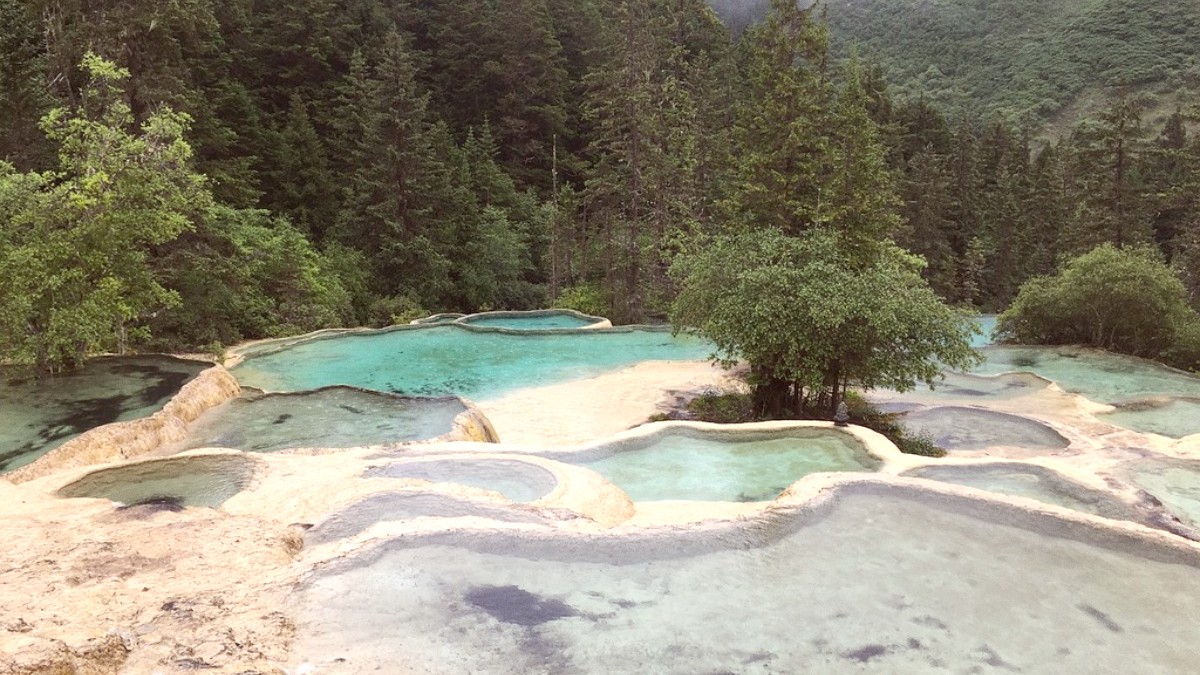
Sichuan, China
The main and necessary mode of transport within Jiuzhaigou National Park is an eco-friendly sightseeing bus system. Private vehicles are strictly prohibited inside the park to minimize environmental impact and traffic flow. Buses follow designated routes along the park's three main valleys: Shuzheng Valley, Rize Valley, and Zechawa Valley, which form a 'Y' shape with Nuorilang Waterfall as the central hub.
Buses stop at major attractions and designated boarding/alighting points, allowing visitors to explore and then re-board. The cost of the sightseeing bus (typically 90 CNY) is generally included in the park entrance fee during peak season. Buses operate during park opening hours, with frequent departures. Even with large crowds, the system moves visitors efficiently between points.
Local mini-buses or shuttle vans connect hotels in Zhangzha Town to the Jiuzhaigou National Park entrance. Fares are typically low (e.g., 1-5 CNY) and provide convenient park access.
The park's excellent signage (in Chinese and English) and clear path system make self-guided exploration straightforward and enjoyable. Maps are provided by the park or via digital navigation tools.
The integrated bus and boardwalk system manages high visitor numbers effectively, distributing people across the park and reducing congestion at viewpoints.
Not practical or generally allowed for foreign tourists without a valid Chinese driver's license.
Not common or advisable for tourists in the Jiuzhaigou area due to road conditions.
Not available or practical within Jiuzhaigou National Park or immediate surroundings.
Hiring a private driver with a vehicle is a common and flexible option for transfers and day trips.
Walking is a main way to experience Jiuzhaigou's beauty up close. Cycling, however, is not permitted within the park or advisable on external roads.
The park's internal sightseeing buses function as an efficient hop-on-hop-off service. Visitors can alight at any designated stop, explore the attraction, and then re-board another bus to continue their journey.
No cable cars or funiculars exist within Jiuzhaigou National Park itself. However, Huanglong Scenic Area features a cable car that transports visitors to the upper section of the park, allowing for a downhill walk through its calcified terraces. This saves time and energy at Huanglong.
The park's internal sightseeing buses are generally accessible for boarding. Many main boardwalks are relatively flat, but some paths and viewing platforms may have steps or uneven surfaces. Consulting the park administration or specialized tour operators for accessibility information is recommended. Pre-booking accessible transfers from the airport or within the town is advisable.
Utilize the park's internal bus system strategically to maximize your time and energy, especially when covering long distances between scenic points.